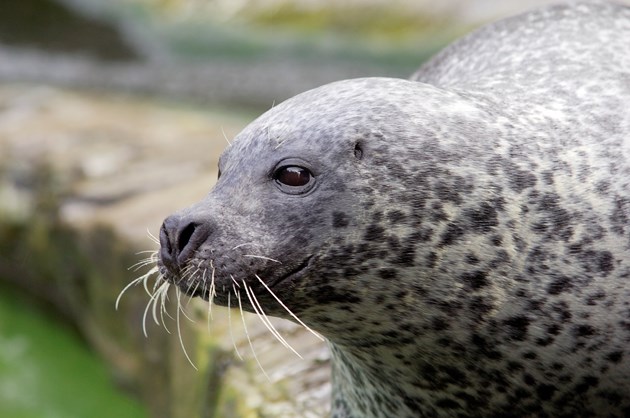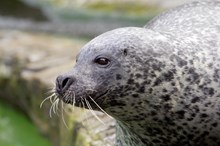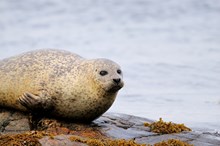09 September, 2019
Surveys show geographical divide in harbour seal numbers

Harbour seals are doing well on the west coast of Scotland but have declined around some parts of the eastern coastline, recent surveys show.
Scottish Natural Heritage (SNH) has published the initial findings from a four-year programme of surveys that aim to cover the entire coastline of Scotland and provide the most up-to-date assessment of the harbour or common seal population.
The results indicate that while numbers on the west coast of Scotland and in the Western Isles remain stable or are increasing, in marked contrast populations on the east coast remain at low levels.
Aerial surveys carried out by the Sea Mammal Research Unit (SMRU) at the University of St Andrews counted 3,533 harbour seals around the Western Isles in 2017 - the highest number in the area since surveys began in 1992.
In many of the west coast areas surveyed, harbour seal numbers were either comparable or slightly higher than previous counts.
Meanwhile on the east coast, the number of harbour seals counted in the Moray Firth was 831.
Numbers in the Dornoch Firth reached a low of 39 while the population at Culbin and Findhorn increased to 526.
Only 29 harbour seals were counted in the Firth of Tay and Eden Estuary.
The latest estimate of the size of the harbour seal population around Scotland is 26,565.
SMRU research, funded by the Scottish Government, is looking at the causes of the declines in harbour seals in some Scottish regions.
Potential reasons being investigated include quality and availability of prey, competition from grey seals, predation by grey seals and killer whales and exposure to toxins from harmful algae.
Morven Carruthers, SNH Policy and Advice Officer, said: “These latest findings provide further evidence of a geographic divide in the fortunes of harbour seals in Scotland. While populations on the west coast are increasing in many areas, numbers on some parts of the east coast are historically low.
“These annual surveys, together with the research being carried out by SMRU, are really important as they will help us gain a better understanding of our harbour seal populations and how they are faring so that we can target conservation efforts where they are most needed.”
Professor Ailsa Hall, Director of the Sea Mammal Research Unit, said: “The abundance and distribution data generated by these surveys are the bedrock of the applied research we carry out. They are vital for the conservation and management of seals in Scotland.
“They underpin the research we are carrying out into the causes of the decline in eastern and northern Scotland and its consequences for the future of seal populations (such as the loss of genetic diversity) in the affected regions.”
ENDS
For more information contact the SNH press office on snhmedia@nature.scot or 0131 316 2655.
Contact information
- Name
- NatureScot Media
- Telephone
- 0131 316 2655
- media@nature.scot
Notes to editors
The full 2017 report can be found at: https://www.nature.scot/snh-research-report-1143-aerial-survey-harbour-phoca-vitulina-and-grey-seals-halichoerus-grypus
The Sea Mammal Research Unit (SMRU) was established in 1978 by the Natural Environment Research Council (NERC). Originally based in Cambridge, SMRU moved to the University of St Andrews in 1996 and is now part of the Scottish Oceans Institute (SOI), where it functions as an independent research group and a NERC National Capability Delivery Partner. As a research group within the School of Biology at the University of St Andrews, its over 40 staff and students carry out a range of fundamental and applied studies into the biology, ecology, physiology and behaviour of marine mammals throughout the world.
NatureScot is Scotland's nature agency. We work to enhance our natural environment in Scotland and inspire everyone to care more about it. Our priority is a nature-rich future for Scotland and an effective response to the climate emergency. For more information, visit our website at www.nature.scot or follow us on X at https://x.com/NatureScot
’S e NatureScot buidheann nàdair na h-Alba. Bidh sinn a’ neartachadh àrainneachd na h-Alba agus a’ brosnachadh dhaoine gu barrachd suim a chur ann an nàdar. Tha e mar phrìomhachas againn gum bi nàdar na h-Alba beairteach agus gun dèilig sinn gu h-èifeachdach le èiginn na gnàth-shìde. Tha an tuilleadh fiosrachaidh aig www.nature.scot no air X aig https://x.com/NatureScot


